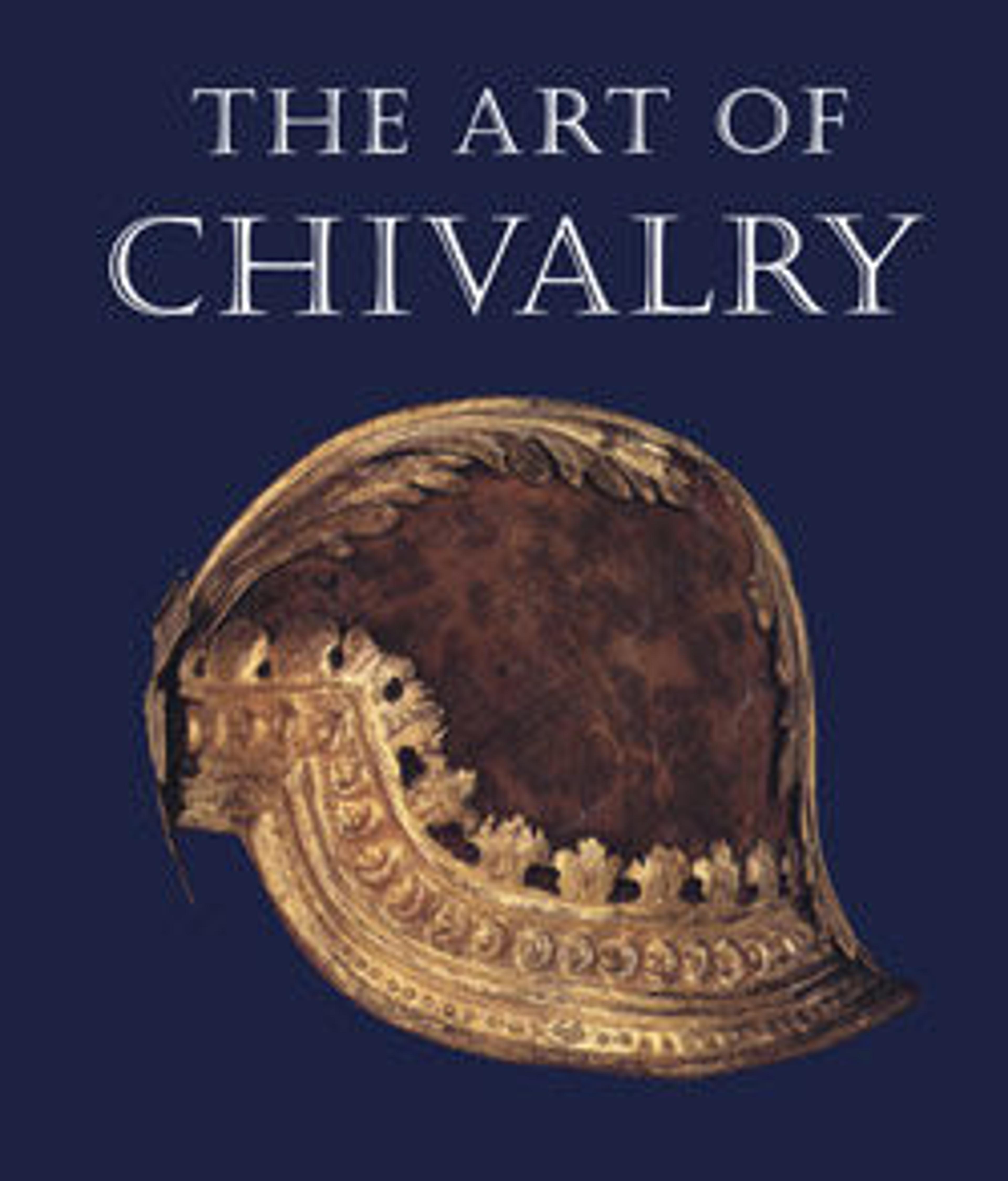Pair of Stirrups
This kind of stirrup, evolved from 16th-century German types, also became very popular in several other European countries in the first half of 17th century. The horseshoe shape, however, came back into fashion in the northern part of Europe around the 1650s.
Artwork Details
- Title:Pair of Stirrups
- Date:first half 17th century
- Culture:Netherlandish
- Medium:Iron, gold
- Dimensions:H. 3 3/8 in. (8.57 cm);W. 3 1/4 in. (8.26 cm); Wt. of each, 13 oz. (368.54 g)
- Classification:Equestrian Equipment-Stirrups
- Credit Line:Gift of William H. Riggs, 1913
- Object Number:14.25.1744a, b
- Curatorial Department: Arms and Armor
More Artwork
Research Resources
The Met provides unparalleled resources for research and welcomes an international community of students and scholars. The Met's Open Access API is where creators and researchers can connect to the The Met collection. Open Access data and public domain images are available for unrestricted commercial and noncommercial use without permission or fee.
To request images under copyright and other restrictions, please use this Image Request form.
Feedback
We continue to research and examine historical and cultural context for objects in The Met collection. If you have comments or questions about this object record, please contact us using the form below. The Museum looks forward to receiving your comments.
